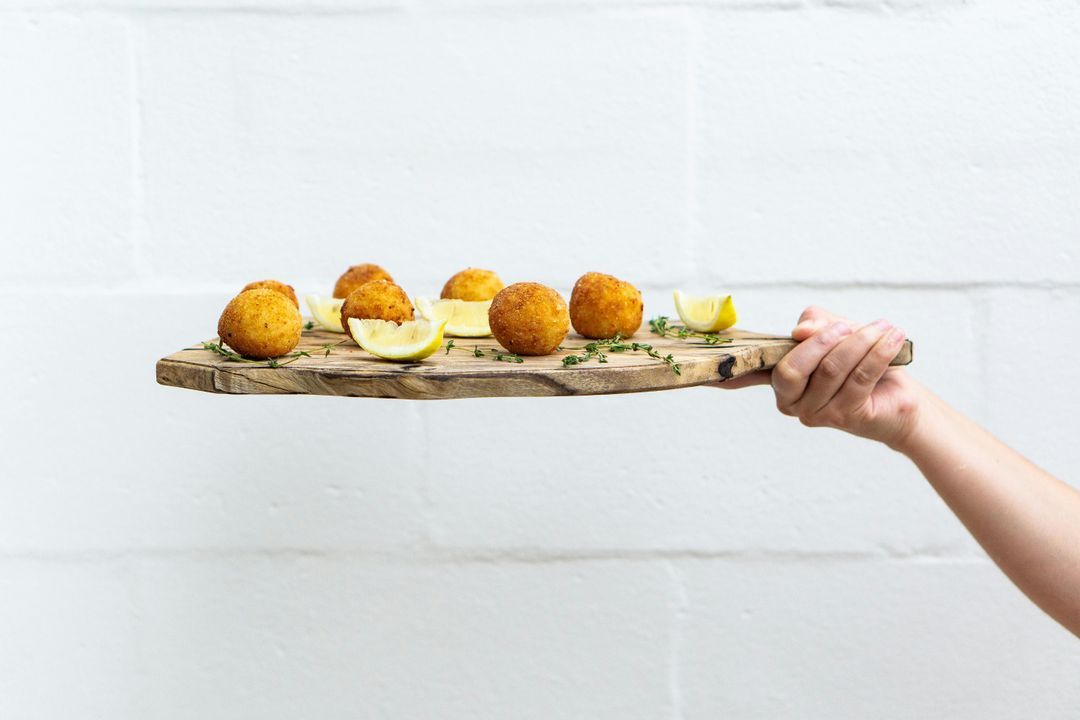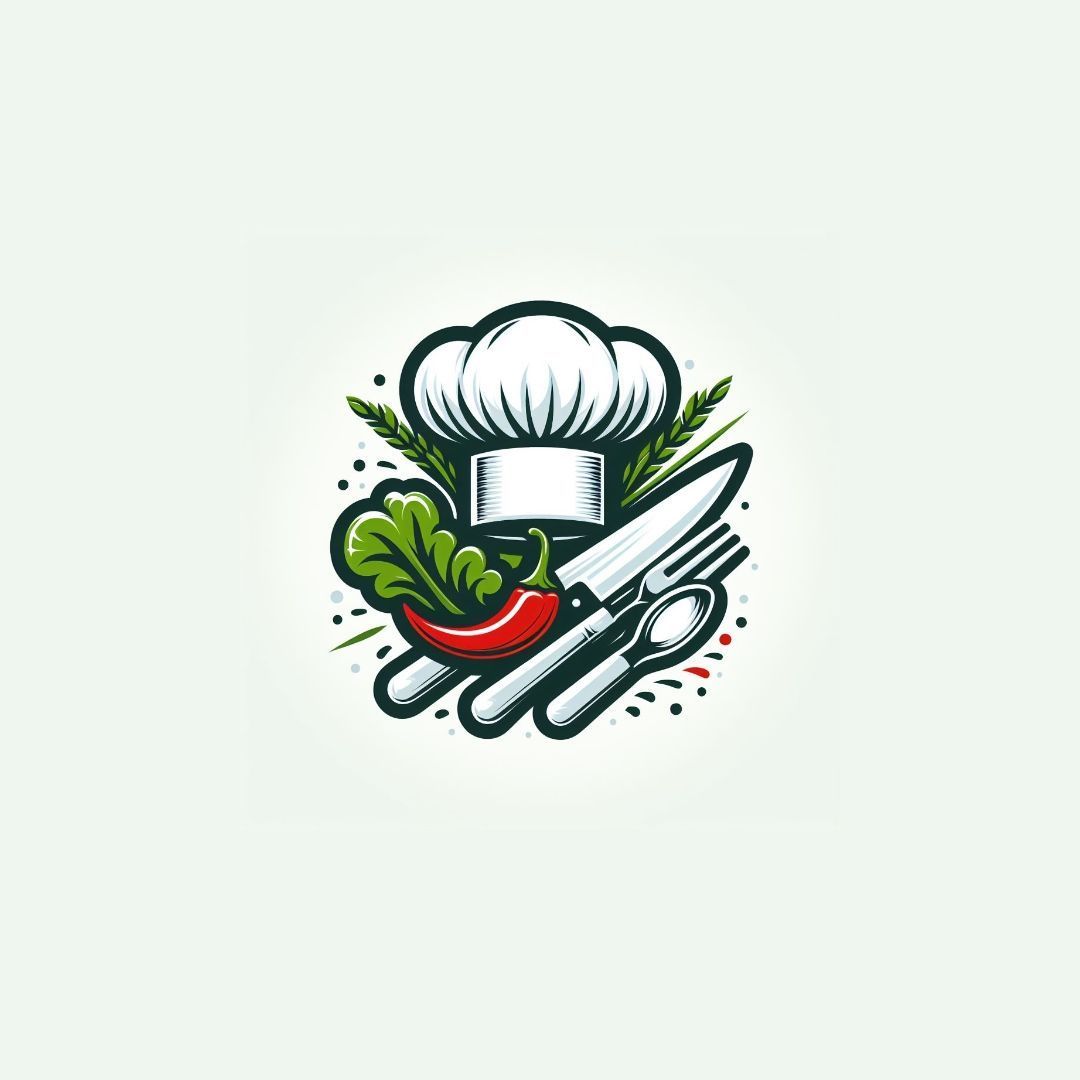Perfect Frying: A Complete Guide to Crispy, Light Results

Frying is one of the most loved (and feared) cooking methods in the world. When done well, it creates food thats golden and crispy on the outside, juicy and tender on the inside. When done poorly... well, we all know what its like to bite into something greasy and heavy. 😖
In this guide, Ill take you on a journey to discover the secrets of perfect frying: techniques, tricks, mistakes to avoid, and a pinch of (simple) chemistry to understand why certain things work.
Ready to become a frying master? Lets go!
#frying #perfectfrying #fryingsecrets #fryingtips #italiancuisine #crispyness #maillardreaction #lightfrying #friedrecipes #basiccooking
Why frying is an art (and a science)
Frying isnt simply immersing food in hot oil: its a precise chemical process that, if managed well, leads to incredible results.
When you immerse a food in boiling oil:
- The water contained in the food evaporates quickly towards the outside.
- It creates a golden, waterproof crust that locks in the juices and flavors inside.
- The crispiness on the outside and the softness on the inside are the right balance between evaporation and the Maillard reaction (the famous chemical reaction that gives color and flavor to foods).
Simply put: frying well means cooking, drying and sealing , all at the same time!
The fundamental techniques for perfect frying

1. Choose the right oil
Not all oils are suitable for frying! You need to choose an oil with a high smoke point , which is the temperature at which the oil begins to burn and spoil.
The best oils for frying:
Peanut oil (smoke point: about 230°C)
High oleic sunflower oil
Rice oil
Refined olive oil (note: not pure extra virgin for deep frying)
Tip: Change the oil when it becomes dark or smells bad.
2. Oil temperature
The ideal temperature for frying is between 170°C and 190°C .
If the oil is too cold, the food will absorb oil and become greasy.
If its too hot, you risk burning the outside while leaving the inside raw.
Practical tip:
- Use a cooking thermometer to check the oil.
- If you dont have one, dip a wooden toothpick in: if lively bubbles form around it, the oil is ready.
3. Food preparation
- Drying: Always pat food dry before frying, especially if its been marinated or washed. Water lowers the oils temperature and causes dangerous splashes.
- Flouring or Breading: A light coating of flour, breadcrumbs, or batter helps form the perfect crust and protect the inside.
4. Quantity of food
Fry a few pieces at a time! Adding too much food at once:
- Cools the oil dramatically
- It leads to less crispy frying
- It makes foods absorb more oil
Tip: Its better to fry in batches rather than overloading the pan.
5. Recommended tools
- High-sided saucepan or deep fryer
- Splash guard or partial lid
- Paper towels to dry excess oil
- Kitchen tongs for gently turning food
The Chemistry of Frying: Simply Explained
1. Evaporation of water
The rapid evaporation of internal water is what keeps food juicy : while the surface dries and becomes crispy, the inside remains protected.
2. Maillard reaction
Between 140°C and 165°C the Maillard reaction is activated, a chemical process that:
- It transforms sugars and proteins into aromatic compounds
- Give that golden color
- Releases the irresistible aromas of frying
The more you control the temperature and timing, the more you can make the most of this magic!
3. Oil absorption
If the temperature is correct, the oil remains only on the surface, forming a crust.
If you fry at too low a temperature, the food becomes a nightmarish oil sponge.
Mistakes to avoid (always)
❌ Do not use oils with a low smoke point (e.g. pure extra virgin olive oil or butter)
❌ Do not immerse cold foods from the refrigerator without drying them
❌ Dont reuse the same oil too many times
❌ Dont turn the food too often while frying: it stresses the crust
Types of frying: which one to choose?
Type of Frying Characteristics When to use it Deep frying Food completely immersed in oil Chips, croquettes, sweets Surface frying Oil only covers half of the food Cutlets, fish fillets Pan frying A little oil, turning the food Battered vegetables, small fried ones Quick immersion frying Just a few seconds at 190°C Tempura, crispy herbs Final tips for light frying
- Light Batter: Use sparkling water or very cold beer for an extra crispy batter.
- Drain carefully: Use paper towels or raised racks to avoid leaving food soaked in oil residue.
- Spices after frying: Salting and seasoning the food as soon as its drained helps it absorb the flavors better.
In short: frying well is possible!
Frying properly is not difficult , but it requires attention to detail:
- Right oil
- Precise temperature
- Controlled amount of food
- Clean technique
Understanding what happens during frying gives you full control over the outcome.
And the reward? Golden, crunchy, light, and flavorful foods… without that heavy feeling we all dread.
The secret is to respect the frying.
And once you master it, every bite will be a small triumph! 🏆

gourmet
Data di inserimento 27 apr 2025
Report article


Comments
There are no comments yet.